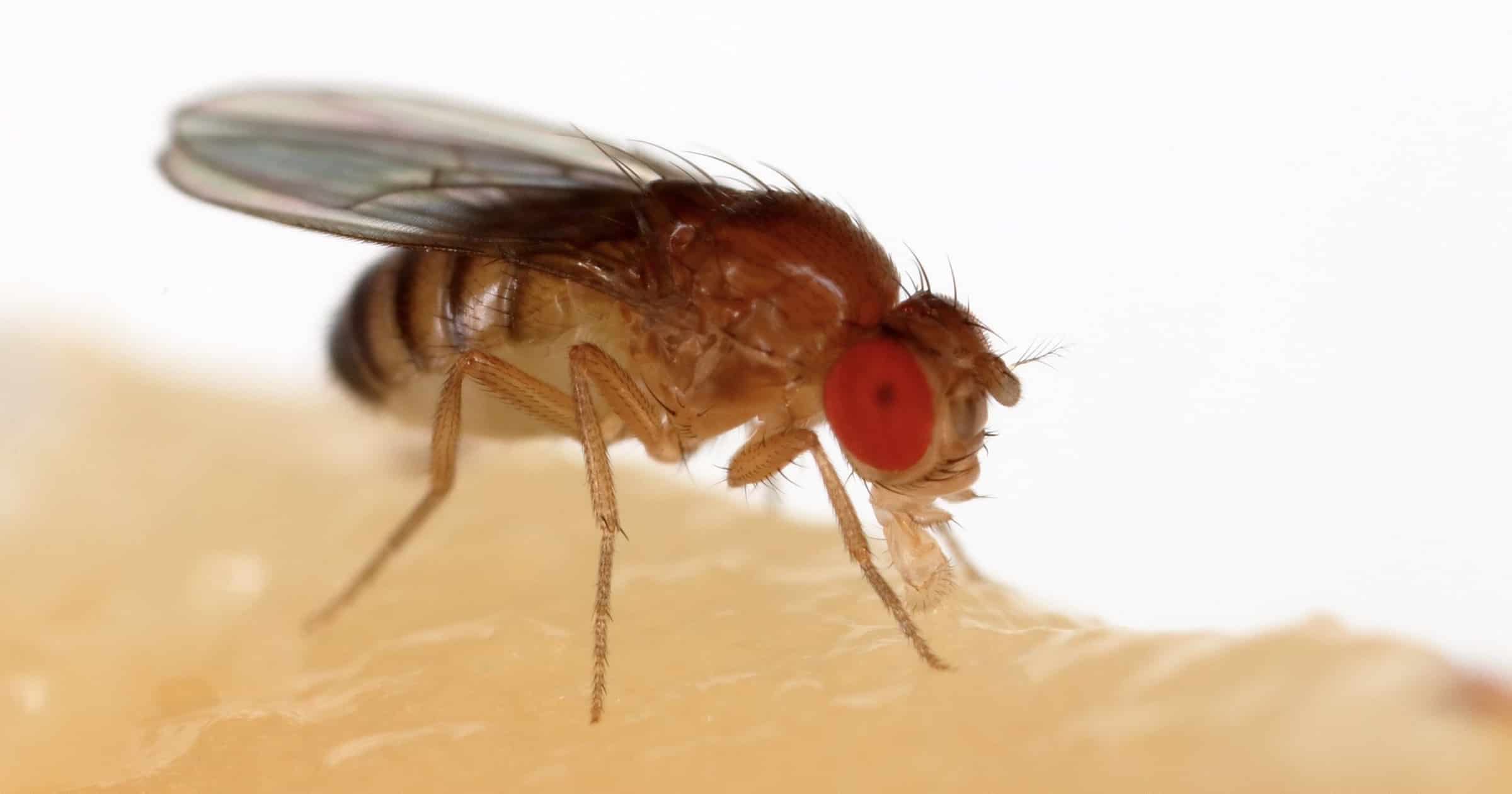 Evolution
Evolution
 Intelligent Design
Intelligent Design
 Life Sciences
Life Sciences
The Puzzle of Hox Gene Homology — With Parsimony Taking the Hit

Writing in Seminars in Cell and Developmental Biology, University of Vienna evolutionary biologist Andreas Wanninger discusses “Hox, homology, and parsimony: An organismal perspective.” It’s open access.
From page 6:
If reconstructing the evolution of a given character (trait) based on an underlying phylogeny requires, for example, non-parsimonious multiple losses or modifications of this character, then this should be accepted as the most likely scenario and not be dismissed (albeit maybe re-assessed) based on the non-parsimonious situation that results from the phylogenetic tree used. Quite to the contrary, such non-parsimonious character distributions may call into question the actual correctness of the phylogenetic scenario (the tree or cladogram) rather than homology of the characters for which strong evidence is available. [Emphasis added.]
I am old enough to remember when, during the cladistics revolution (roughly, from the late 1970s to the late 1980s), parsimony was the Final Referee with the Loudest Whistle, the ultimate court of appeal in phylogenetic reconstruction. The parsimony principle dictated that homoplasy was to be minimized — i.e., multiple appearances of a novel character (or of character losses) — on the branches of a cladogram. Thousands of pages and many liters of ink were dedicated, in journals such as Systematic Biology or Cladistics, to debating the merits of parsimony.
It looks like that referee is out of a job, at least as far as Andreas Wanninger is concerned.
